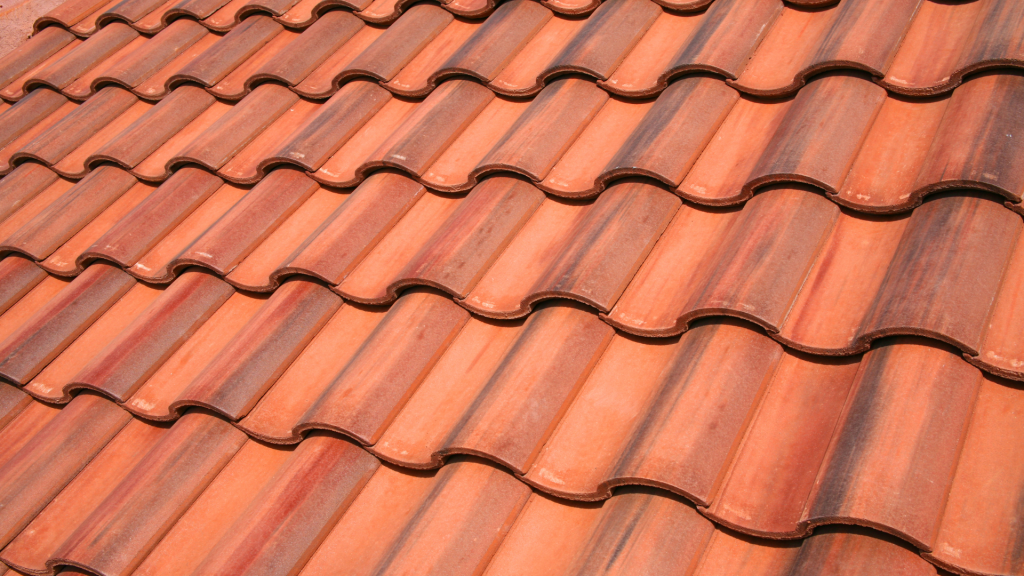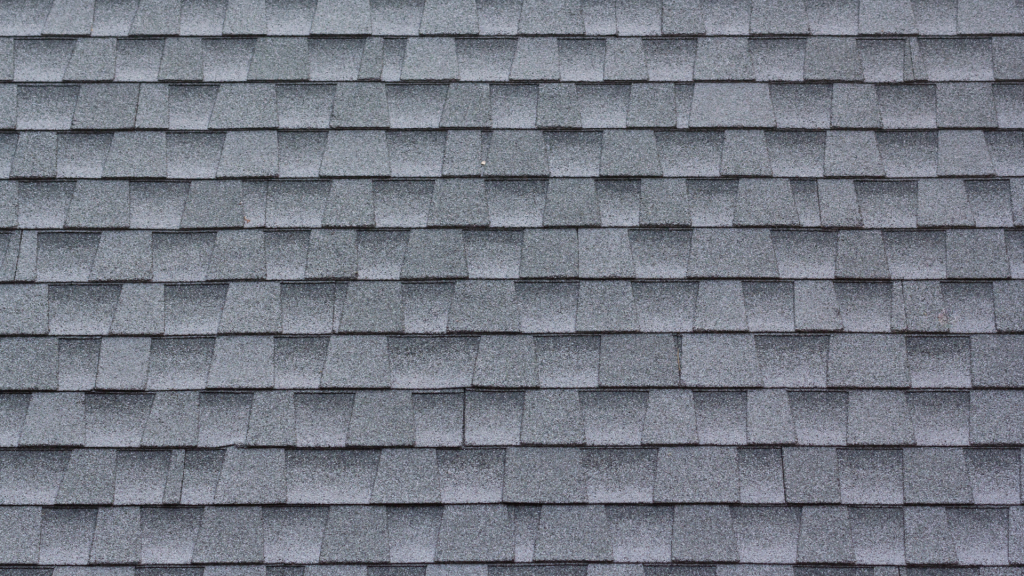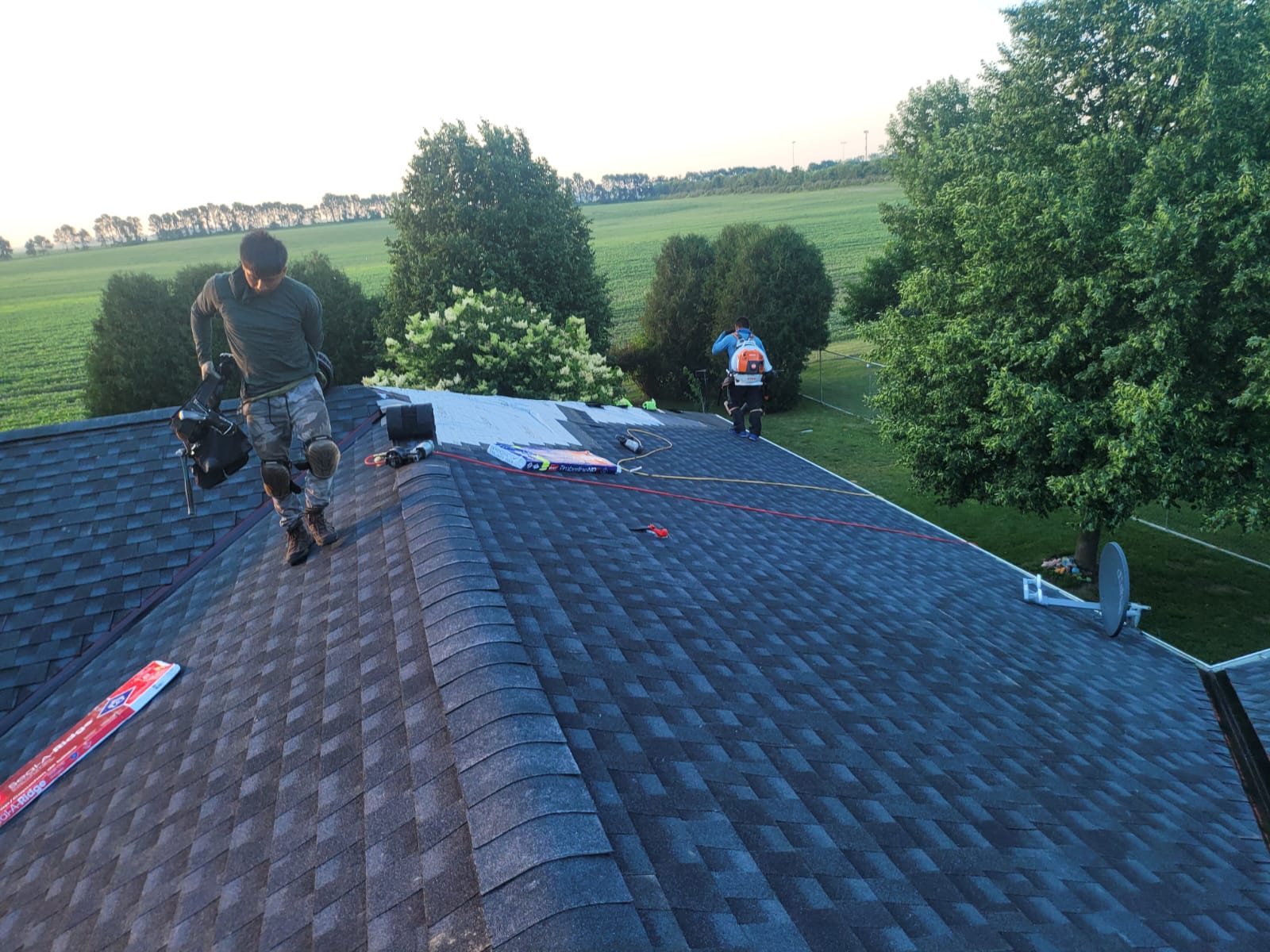Tile Roof vs Shingle Roof
Considering a new roof for your home? Here’s a surprising fact: your choice between tile vs. shingle roof can remarkably influence your home’s aesthetics, durability, and even energy efficiency.
With our extensive experience in roofing at Wolf River Construction, we understand the dilemma.
Tile roofs exude timeless charm, while shingle roofs are the modern go-to. In this insightful comparison, we explore the merits of each.
Weighing the costs, durability, styles, maintenance, and other factors, we’ll help you navigate this crucial decision. Let’s uncover the layers and find the perfect roof for your home—because the right roof is more than just shelter; it’s a statement.
What is Tile Roofing?

Tile roofing is a system where clay, concrete, or slate tiles form an interlocking pattern on roofs. These tiles, often curved for effective water shedding, provide durability and a distinct aesthetic to various architectural styles. The overlapping arrangement, showcasing a range of colors and textures, adds to the visual allure of homes, making it a popular choice.
What is Shingle Roofing?

Shingle roofing involves covering roofs with overlapping, individual elements made from various materials like asphalt, wood, slate, or metal. These elements, called shingles, are rectangular or square and layered from the roof’s bottom edge, providing a protective, water-resistant covering.
Tile Roof vs Shingle Roof: Analyzing The Differences
Style
Tile roofs often convey a timeless and elegant aesthetic. The clay, concrete, or slate tiles provide a distinctive, traditional look that is particularly popular in Mediterranean, Spanish, or Italian architectural styles.
Shingle roofs offer versatility in style, with a broader range of colours, textures, and shapes. They can mimic the appearance of wood, slate, or even tile, catering to diverse architectural preferences.
Cost
Shingle roofs generally have a lower upfront cost compared to tile roofs. The materials and installation for shingle roofs are more affordable, making them an attractive option for budget-conscious homeowners.
Tile roofs, on the other hand, are more expensive due to the higher cost of materials and labor for installation. The intricate installation process and the weight of the tiles contribute to the increased cost.
Durability
Tile roofs are renowned for their exceptional durability, often lasting 50 years or more. They can withstand severe weather conditions, including hail, high winds, and fire.
Shingle roofs, although durable, have a shorter lifespan compared to tile roofs, typically ranging from 20 to 30 years. Asphalt shingles may require replacement sooner due to their susceptibility to weather and temperature changes.
Weather Performance
Tile roofs excel in various weather conditions. For instance, concrete tile roof is highly resistant to fire, rot, and insect damage. The weight and design of the tiles make them resilient against high winds and heavy rains.
On the other hand, shingle roofs provide good performance in most weather conditions but may be more susceptible to wind and impact damage, especially in areas prone to severe weather.
Weight
Tile roofs are significantly heavier due to the materials used, requiring a robust roof structure to support the load adequately. Shingle roofs are lightweight and do not pose the same structural demands, allowing for more versatile application and retrofitting options.
Installation
Installing a tile roof is a complex and labor-intensive process due to the weight and design of the tiles. It demands high skill and expertise to ensure the tiles are correctly placed and aligned.
Shingle roofs, being lightweight and easier to handle, have a simpler installation process. Roofers can complete shingle installations more quickly and with less complexity.
Maintenance and Repairs
Tile roofs generally require less maintenance, with occasional checks for cracked or broken tiles and regular gutter cleaning. Repairs are also straightforward, usually involving replacing individual damaged tiles.
Shingle roofs may require more frequent maintenance, such as resealing and replacing damaged shingles. However, repairs are often easier and less costly compared to tile roofs.
Energy Efficiency
Tile roofs are known for their superior energy efficiency. The thermal mass and airflow beneath the tiles contribute to natural insulation, keeping homes cooler in hot weather.
Shingle roofs, especially light-colored ones, can also reflect sunlight and heat, enhancing energy efficiency by reducing cooling costs.
Environmentally Friendly
Shingle and tile roofs have their eco-friendly aspects. Tile roofs, often made of natural roofing materials like clay and concrete, are environmentally sustainable and can be recycled after their long lifespan.
Shingle roofs, made from asphalt, can be recycled into pavement or used as fuel in industrial processes, reducing their environmental impact.
Effect on Property Value
Concrete roof tile significantly enhances a property’s value due to its durability, aesthetic appeal, and long lifespan. They impart a sense of luxury and sophistication, making homes more desirable in the real estate market.
Shingle roofs, while not as prestigious as tile roofs, still provide good value, especially if they are well-maintained and complement the home’s overall design.
Insurance Benefit
Tile roofs often qualify for lower insurance premiums due to their durability and resistance to fire, which reduces the risk of damage.
Shingle roofs may also garner insurance benefits based on the quality of materials and the region’s climate risks. However, premium rates may vary, and homeowners should consult their insurance providers for accurate information.
How to Decide Between a Tile Roof and a Shingle Roof

Here’s a step-by-step guide to help you navigate this decision:
Evaluate your budget
Begin by understanding your budget constraints. Tile roofs are more expensive upfront due to the roofing material and installation cost, while shingle roofs are budget-friendly. Go by determining the cost of roofing materials per square foot.
Consider your home's structure
Assess your home’s structural capacity to support the weight of a tile roof. Tile roofs are heavier and may require additional structural reinforcement, adding to the overall cost. Ensure your roof deck is strong enough to handle a heavier roof, such as concrete tiles.
Determine your preferred style
Consider the architectural style of your home and your aesthetic. Tile roofs offer a classic, elegant look, often complementing Mediterranean or Spanish-style homes. Shingle roofs provide versatility and can emulate various styles, including wood or slate.
Factor in longevity and durability
Think about the long-term investment. Tile roofs have a longer lifespan, often exceeding 50 years, and are highly durable, making them a wise investment. Shingle roofs, while durable, have a shorter lifespan, typically lasting 20-30 years.
Assess maintenance requirements
Consider the maintenance needs of each roofing type. Tile roofs require less maintenance, making them a low-effort, long-term option. Shingle roofs may require more frequent maintenance, including periodic inspections and repairs.
Think about energy efficiency
Reflect on your energy efficiency goals. With their thermal mass and insulation properties, tile roofs can help in energy efficiency by keeping homes cooler in warm climates. Shingle roofs can also be energy-efficient, especially when using light-colored shingles.
Research local climate considerations
Take your local climate into account. Tile roofs perform exceptionally well in hot and sunny climates, offering resistance to UV rays and heat. Shingle roofs are versatile and can adapt to various climates but may require specific shingle types for optimal performance.
Other Roofing Materials
Metal Roofing: Durable and energy-efficient, available in various roofing materials like steel and aluminum.
Wood Shakes: Natural, rustic appearance with eco-friendliness and longevity.
Slate Roofing: Elegant, long-lasting, and resistant to fire and adverse weather conditions.
Flat Roofing: Horizontal orientation, versatile for modern architectural designs, and allows for rooftop amenities.
Green Roofing (Living Roof): Features live vegetation for environmental benefits like insulation and improved air quality.
Composite Roofing: Affordable, versatile, and mimics the appearance of other materials like wood or slate.
Verdict: Which Option Is The Best

In the grand debate of tile roof vs. shingle roof, both stand as formidable options, each with its unique merits. Tile roofs boast timeless elegance and longevity, demanding careful consideration of your home’s structure. On the other hand, shingle roofs present versatility, cost-effectiveness, and a wide range of styles.
The crucial takeaway: assess your needs, budget, and aesthetic preferences. For a classic, enduring appeal, opt for tile. For versatility, quicker installation, and budget-friendliness, shingle roofs excel.
Consult us at Wolf River Construction for tailored roofing solutions, ensuring your choice aligns perfectly with your home.
FAQs
Yes, replacing shingles with tiles is possible, but it’s a complex process. The existing shingles need removal, and the roof structure might need reinforcement to support the heavier tile. Additionally, roofing professionals must ensure proper waterproofing and underlayment to effectively accommodate the new tile roof.
Whether a tile roof is better than a shingle roof depends on your preferences and circumstances. Tile roofs offer longevity and a distinct aesthetic but are heavier and may require a stronger roof structure. Shingle roofs are lighter, more affordable, and quicker to install, offering a variety of styles and adequate durability.
For optimal energy efficiency, a cool roof with reflective asphalt shingles or metal roofing is highly efficient. These roofs reflect more sunlight and absorb less heat, reducing cooling costs during hot seasons. Pairing this with proper insulation and ventilation can create an energy-efficient home, promoting a more sustainable and cost-effective living environment.


